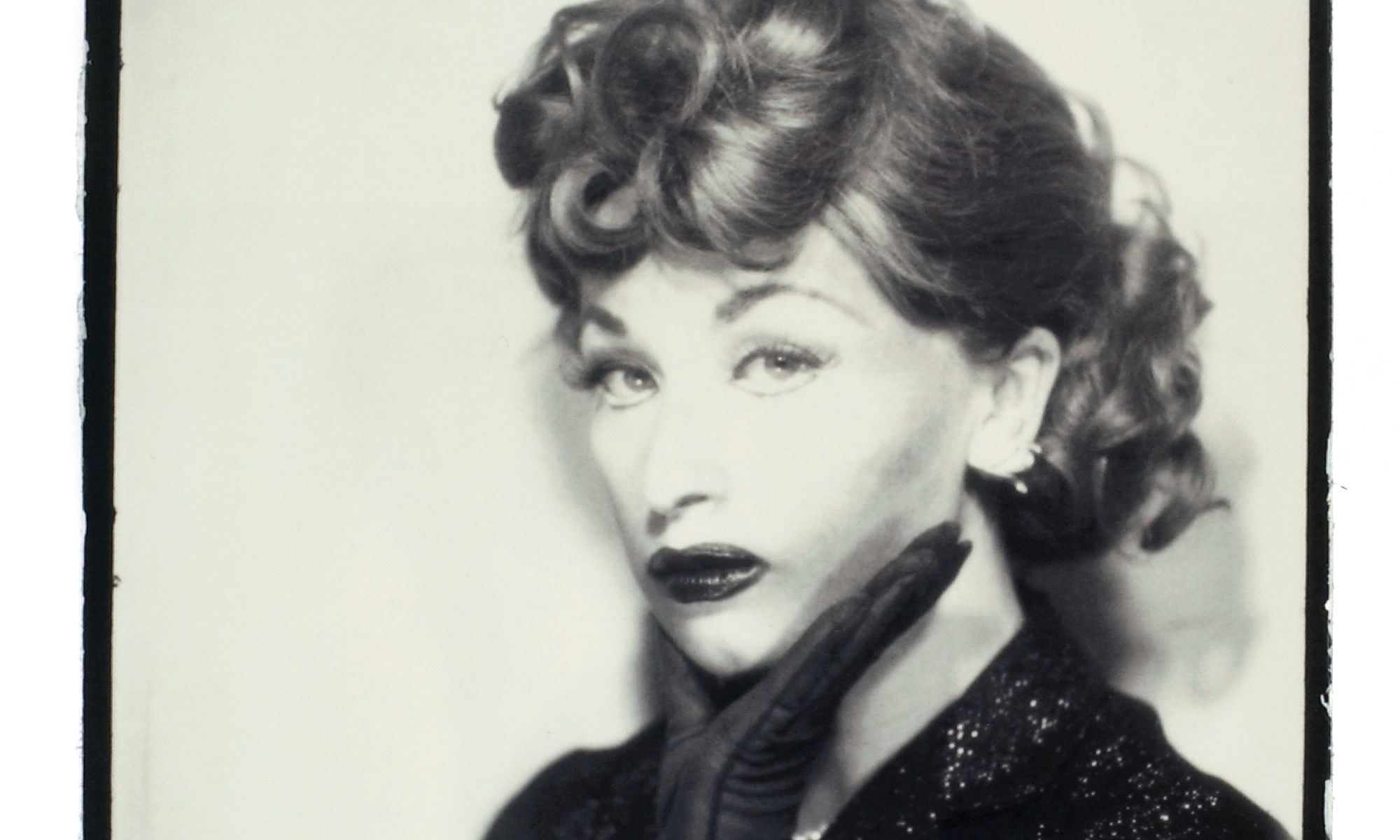Cindy Sherman, Untitled (Lucille Ball), 1975/2001, gelatin silver print
Image © Cindy Sherman. Courtesy the artist and Hauser & Wirth.
From the Collection of Gerald Mead.
It’s unclear when Cindy Sherman had her first solo show, but the location is undisputed: Buffalo, New York. Before becoming famous for transforming herself into an endless cast of characters Sherman was, for four years, a shy undergraduate at Buffalo State University. (One who, rumour has it, failed her first photography class because she wasn’t big on technique, but then had an epiphany when her next professor introduced her to conceptual photography.) A young Sherman lived in this somewhat unlikely locale nearer to Niagara Falls than to New York City between 1972 and 1976, studying and starting to shape-shift.
“There is some amount of minor controversy as to who, between Hallwalls and [the Center for Exploratory and Perceptual Arts], can claim this honour [of hosting her debut solo exhibition],” says Véronique Côté, former CEPA executive director and curator of an upcoming Sherman retrospective that is part of an exhibition series titled Mythologies of Identity. Sherman showed at Hallwalls in 1979, by then a professional artist living in New York and working on the Untitled Film Stills series that launched her career. She had an exhibition at CEPA while still a student at Buffalo State, in 1975. Both organisations, it seems, reserve bragging rights.
Cindy Sherman Preparing Her First CEPA Show, 1975, at CEPA's Essex Street Gallery. CEPA's Archival Collection, 1975.
No matter which space showed her work first, almost half a century after leaving Buffalo Sherman’s work matters a great deal to locals. “She’s sort of like a hometown hero,” says Buffalo-based curator and educator Gerald Mead, who has amassed 23 Sherman works representing the arc of her career. “The Buffalo art community takes real pride in the fact that she had her roots here, she started here.”
This month CEPA is dedicating wall space to Sherman again, in her first solo exhibition there since the 1970s. The works on view are on loan from Mead’s collection and will be shown simultaneously with two other artists who challenge gender roles via photography, Calgary-based Jean-René Leblanc and emerging trans artist Dane-Adrian Smith. Mead’s collection is one of many in the area that hold Sherman’s work; she is represented in the institutional collections of the Burchfield Penney, Castellani Art Museum, Buffalo AKG Art Museum and several private collections (partly because she has steadily donated artworks to fundraising auctions for cultural organisations).
Some of these Sherman artworks are specific to her time in Buffalo, such as Letraset Art Sheet #1 (1976), a photostatic print that she made as a handout for an early exhibition. From the same year is Untitled (Paper Dolls Family), a family of four commercially made paper dolls that she erased the faces from (and gifted someone to thank him for getting her an art magazine subscription). “That’s interesting because that’s a precursor to what she began to do her entire career,” says Mead. “To change, alter, erase, transform the identity by facial features.”
A 1976 clipping from the Buffalo Evening News in which Cindy Sherman's name is misspelled Courtesy of Hallwalls
Seen all these decades later in Buffalo, Sherman’s many altered faces will likely receive a warm welcome. Exhibiting her now is a very different proposition than it was in the mid-1970s, when she was still a student and her name was misspelled in the local paper. “Riders on Metro Bus 535, which travels the Parkside-Delavan or Porter-Best runs, are finding photo art instead of billboard advertising,” reads a caption in a November 1976 edition of the Buffalo Evening News. “The traveling photo exhibit on view this month is by Ellen Carey, left, and Cindy Serman, right.” This time, the error is unlikely to be repeated.

